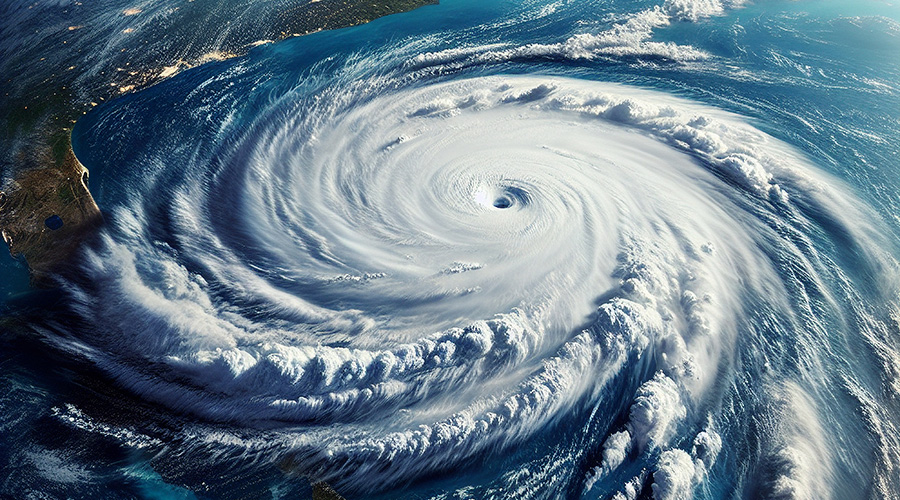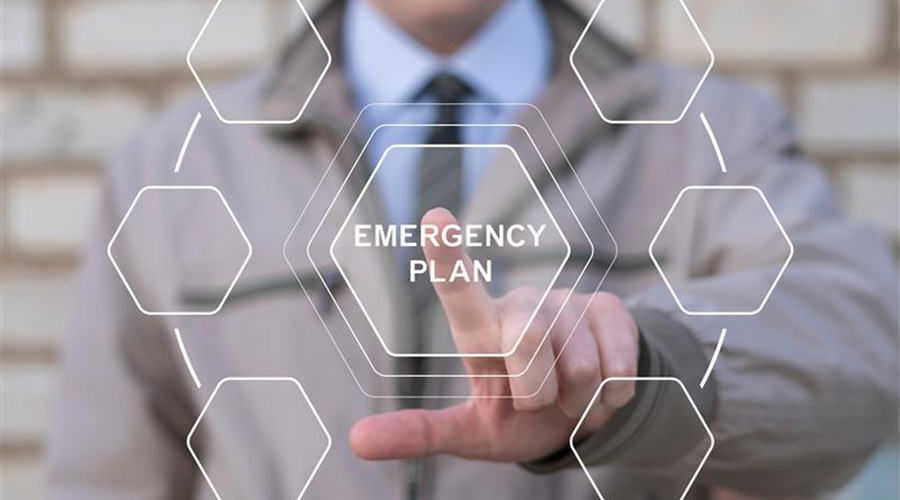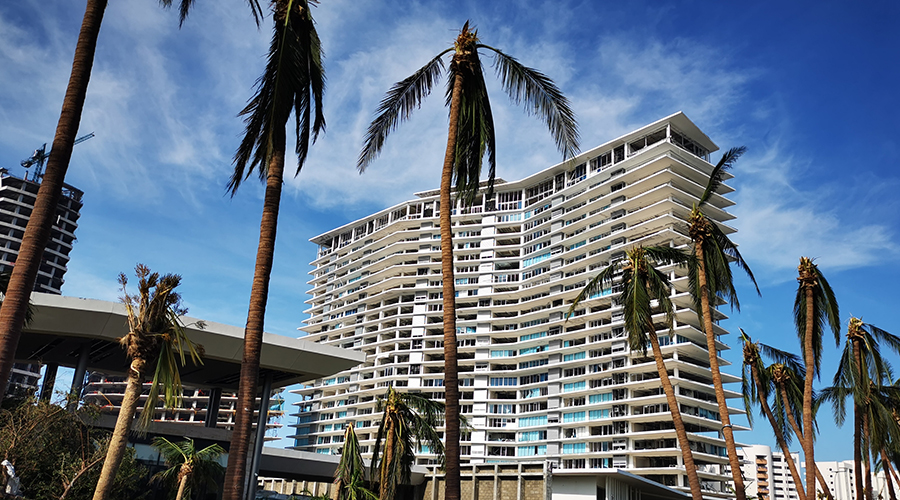Drills Help Facility Managers, First Responders Develop Better Emergency Preparedness Plans
On a cloudy, cool Sunday morning last July, firefighters in full gear poured into the 40-story Post Montgomery Center in downtown San Francisco. On the 29th floor, alarms screamed and smoke billowed. Building engineers and security staff scrambled to initiate emergency procedures. They informed the fire fighters that sprinklers were down on floors 25 through 30. Time was of the essence. This was a drill, designed to help facility managers and first responders develop better emergency preparedness plans.
It was one of two drills the emergency preparedness committee of BOMA San Francisco staged that day in conjunction with the San Francisco Fire Department to stress test emergency preparedness plans and learn about how well all involved could respond to a fire in a high-rise building.
"The primary lesson learned is that not everything goes as planned," says Jose Guevara, the facility's property manager. "You have to know the unplanned is going to happen. And don't freak out when it does." But, he continues, not everything going as planned is a good thing, because why else would you hold a drill if not to learn? The most useless drill is a drill in which you learn something you already knew.
For facility managers in facilities large and small, periodic drills — whether full-scale fire, earthquake, terrorist attack, or active shooter drills coordinated between several organizations and first-responders or table-top drills and conversations among building staff — are an important and necessary step to creating emergency response plans that are more than just checklists. Drills are critical for learning where those plans have weaknesses.
"I am a believer," says Jackson Talbot, director of security for The Pyramid Center and chair of the BOMA San Francisco emergency preparedness committee. "There really is no substitute for a drill. It's the only way to fully test your plan."
But testing a plan requires no small amount of planning itself. What is the scope of the drill? What are the goals, and what do you hope to learn? How will you incorporate lessons learned to improve the plan and, more importantly, how can this knowledge be applied in the event of an actual emergency?
Failing To Plan
You've heard the maxim, "failing to plan is planning to fail"? That couldn't be more accurate in regards to emergency preparedness. So the first step to planning a drill is actually creating a plan. The question for any emergency preparedness plan is how general or specific to make it. This will vary on a building-by-building and region-by-region basis, but the advice all experts give is to plan for the most common emergencies. As well, be flexible. "In general, what you're creating is a policy for a broad range of possibilities," says Jeff Ellis, security manager for the Pyramid Center. "You don't need to get into the micro of everything — like asking yourself 'what if a zombie lands from a space ship?'"
Guevara concurs: "Trying to develop a plan for every scenario is analysis paralysis."
There are four basic types of response procedures: full building evacuation, partial evacuation, shelter in place, and in-building relocation, according to Jim Rosenbluth, president of Analytic Risk Solutions. Plans should consider — with guidance from local codes — how to apply each of these procedures to emergencies. And, of course, plans should be tailored to the risk environment, says Rosenbluth. West coasters should be well-versed in earthquake emergencies, and east-coasters, hurricanes. Everyone should have a plan for an active shooter.
In total, the amount of thought put into an emergency preparedness plan will likely be in direct proportion to the effectiveness of the drill when that plan is put through its paces. Put another way: "To me, having a bunch of 'gotcha moments' during a drill and realizing you had a bad plan isn't as beneficial as creating the best possible plan before the drill," says Talbot.
Lessons Learned from Emergency Drills
Experts share practical pieces of advice they learned from past drills.
1. Jeff Ellis, security manager for the Pyramid Center in San Francisco, says that during one fire drill, the team discovered that when firefighters are in their full HAZMAT suits, they weren't able to use the standard-size keys for the elevators. The gloves the firefighters wear were too thick to get good purchase on the tiny keys. So to correct that issue, they added extenders to the keys to make it possible for the firefighters to use them without fumbling. Lesson: Minor issues you'd never have thought of without drilling can cause huge problems.
2. Jose Guevara, property manager for the Post Montgomery Center in San Francisco, says that he and his team thought they were being clever and modern when they moved their emergency response and disaster plan from an antiquated binder to the World Wide Web. "We thought we were state of the art," he says. Turns out, though, that firefighters and other emergency responders don't care how technologically savvy you are. They want the binder! "They don't know where they're going to stage their control center," says Guevara. "So they want something they can flop on a desk and see a floor plan." Lesson: Don't assume you know what emergency responders want. Just ask them.
3. Jackson Talbot, director of security for the Pyramid Center, says that he and his team regularly do table top exercises to scenario-plan for emergencies not explicitly covered under any traditional emergency preparedness plan. One example: What do we do in the event of a major multi-floor leak? "The reason why we chose that drill is because it's happened," he says. Indeed, Talbot assigns one of his staff to regularly comb the news and collect stories about emergencies across the country and around the world. "We ask if we have a plan for these things," he says. "And we also can see the mistakes others made." Lesson: There are lots of real "sub-catastrophic" emergencies to learn from, and drills can be simple and still effective.
— Greg Zimmerman
|
Related Topics:














